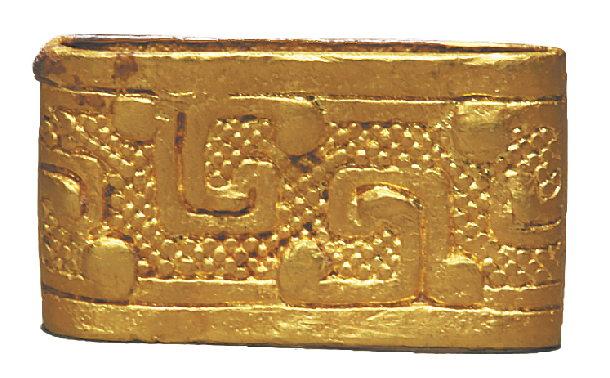

In Beijing, the Temple of Heaven has stood for centuries, silently standing in testament to Chinese people's awe of the divine and their sacrificial custom to the heaven in the Ming (1368-1644) and Qing (1644-1911) dynasties — a custom that actually has a much longer history.
Ancient Chinese people believed that "the great things in a country are its sacrificial and military affairs", as stated in Zuo Zhuan (The Commentary of Zuo), the first detailed historical annal in China, dating back to the 4th century BC.
Our understanding of ancient Chinese people's sacrificial rites has been enhanced thanks to the archaeological work taking place at the Xiazhan site in Baoji, Shaanxi province, since 2020. The dig has been carried out by the National Museum of China and the Shaanxi Academy of Archaeology, among others. The latest discoveries were announced at a news conference in December held by the National Cultural Heritage Administration.
More than 1,400 sacrificial relics have been found at the site, which covers an area of 230,000 square meters. Archaeologists have excavated 99 pits that date from the Spring and Autumn Period (770-476 BC) to the Western Han Dynasty (206 BC-AD 24), and exhibited clear differences between them. The site is believed to be mizhi, a sacrificial site established by Duke Xuan of Qin state (ruler of the state over 675-664 BC) in 672 BC.
According to You Fuxiang, a researcher at the National Museum of China, the pits in the site mainly have three shapes, namely long-strip, rectangular and cave forms.